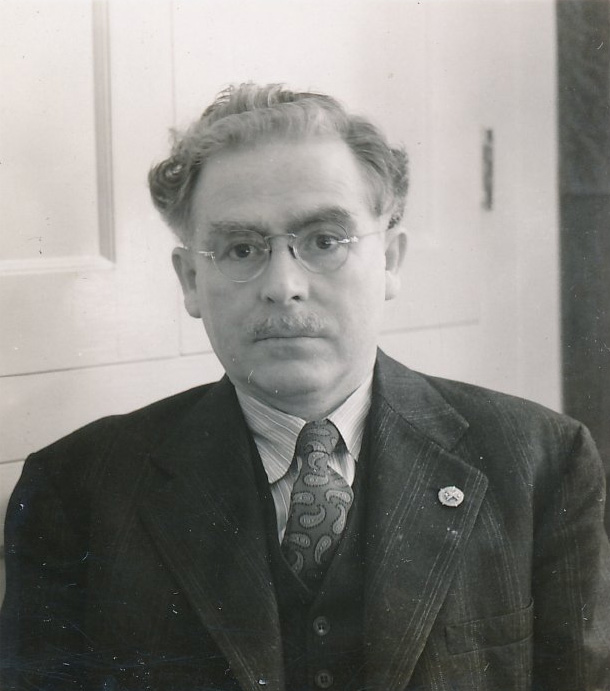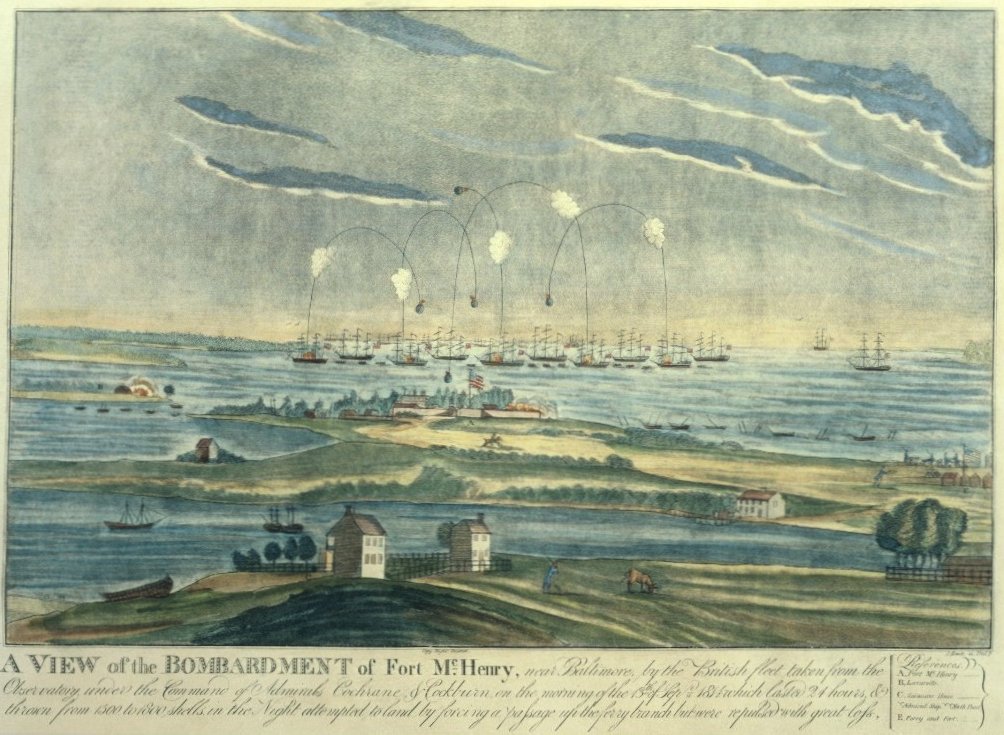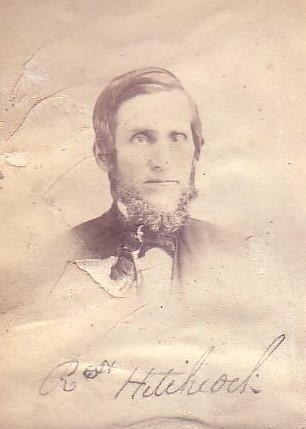The Hudson Library & Historical Society was officially founded in 1910, but the roots of a library in Hudson can be traced back to the founding of Hudson, Ohio, in the early 1800s. In 1802, shortly after settling in Hudson, early pioneers provided books for settlers. Townspeople in Hudson, Aurora, and Mantua frequented this early circulating library, which likely existed until the 1820s. Western Reserve College was founded in 1826 and Hudson residents were allowed access to its library. In 1871, a public school library was formed in Hudson which maintained a small collection of books. In 1882, Western Reserve College moved to Cleveland, taking the library with it. Western Reserve Academy remained behind, slowly establishing a new library. By 1886, the academy had over 800 volumes. The academy’s library was housed in the Athenaeum and townspeople and students could pay $0.25 a term or $0.50 a year to borrow books or use the periodicals. However, due to financial hardships, the Academy was forced to close in 1903.
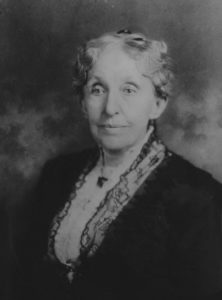
The idea behind the modern library as it is known today was the brainchild of longtime Hudson resident Caroline Baldwin Babcock (1841-1921). The death of fellow Hudson resident Matthew C. Read, an author and scholar, prompted Caroline to begin thinking about the need for an institution that should collect and preserve the community’s history. In 1910, Caroline wrote to her childhood friend James Ellsworth (1849-1925) about her idea for a library. Ellsworth, a wealthy entrepreneur and town benefactor, took to Caroline’s idea and assisted Caroline in setting up a formal society. He offered his attorneys to help draw up a charter, paying the necessary fees, and assisted in supplying books. After the library was founded, Ellsworth offered the library space in the community club house. The Hudson Library & Historical Society Articles of Incorporation were signed on October 29, 1910, marking the official formation of the Hudson Library & Historical Society. In 1911, Caroline was appointed president of the Society and the library opened its doors to the public in 1912.
In 1916, Western Reserve Academy reopened with financial assistance from James Ellsworth. A year later, Academy headmaster Homer O. Sluss proposed that the Academy and the Society combine their libraries. A joint board was created and the combined libraries operated out of Seymour Hall on the WRA campus until 1924.
Caroline Baldwin Babcock passed away in 1921, bequeathing $100,000 to the Hudson Library & Historical Society for “a course of lectures by the best available instructors upon history, science and art.” She also specified that the lectures be offered free of charge to the public and be named the “Baldwin-Babcock Memorial.” The first lecture of the “Baldwin-Babcock Memorial” was held on December 15, 1921. The Baldwin-Babcock Memorial Lecture series continues to this day.
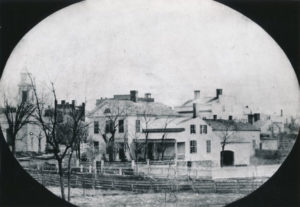
In July 1924, the library purchased a home at the corner of East Main and Aurora, which coincidentally was the home where Caroline Baldwin Babcock was born. The library opened its doors to the public on January 1, 1925.
The 1930s and 1940s saw an increased growth in library services and programs including a full cataloging of the library’s museum collection and the addition of a bookmobile. In a large-scale data collection project, the library sent blank forms Hudson households in an attempt to record and preserve information about all Hudson men and women serving in the armed services; these records are still available in the archives today. In 1943, the county treasurer gave the library $1000 to increase its budget, which officially made the library a public institution rather than a private society.
The library expanded in the 1950s with the addition of a new library wing, which included stacks, a reading room, and a museum room for exhibits. The library continued to renovate and remodel throughout the 1960s. An increased emphasis on cataloging materials and research sharing in the state of Ohio occurred in the 1960s.
The 1970s brought a renewed interest in local history. Mrs. Burton D. Morgan donated John Brown family materials to the Hudson library, which included an unpublished letter written by Brown. A year later, the library purchased the John Brown research materials of former Hudson minister Reverend Clarence Gee. In the 1970s, the first book sale was held, the Friends of the Library was started, the library established library science scholarships, and service hours were extended, making Hudson Library & Historical Library the first library in the county to have Sunday hours.
Technology and automation characterized the 1980s. On March 11, 1985, the library board of trustees signed a contract with the Cleveland Public Library for an online automation system. On November 26, 1986 went “online,” making the library became the first in the county to have a computerized circulation system and public catalog. The library continued to remodel its building throughout the 1980s and 1990s, dedicating a new archives room in 1986.
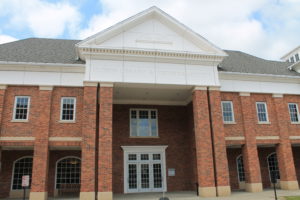 The library continued to expand and grow throughout the 1990s. Internet access was offered to the public for the first time in 1997. In 1999, citizens recognized the need for a larger facility and voted to build in the new First & Main Redevelopment. On June 11, 2005 a 50,000 square foot building opened with 8,500 people visiting on opening weekend.
The library continued to expand and grow throughout the 1990s. Internet access was offered to the public for the first time in 1997. In 1999, citizens recognized the need for a larger facility and voted to build in the new First & Main Redevelopment. On June 11, 2005 a 50,000 square foot building opened with 8,500 people visiting on opening weekend.
Today the library continues to thrive and grow. The Burton D. Morgan Center for Entrepreneurship Research opened in the library in 2008 as a “premier resource for the advancement of entrepreneurial learning.” By 2009 the library collection grew to 189,000.
The Hudson Library is one of a select number of U.S. libraries achieving star library status from the Library Journal Index of Public Library Service every year since the inception of the LJ Index in 2009.
The library celebrated its centennial in 2010.
Learn More
MANUSCRIPT COLLECTIONS
Caroline Baldwin Babcock papers
Papers of Caroline Baldwin Babcock, civic leader of Hudson, Ohio, and founder of Hudson Library & Historical Society
OTHER RESOURCES
Waring, J. Frederick, and Grace Goulder Izant. 1954. Books and Reading in Hudson, 1800-1954: History of the Hudson Library and Historical Society Rev ed. Hudson: Hudson Library and Historical Society. [catalog record]

